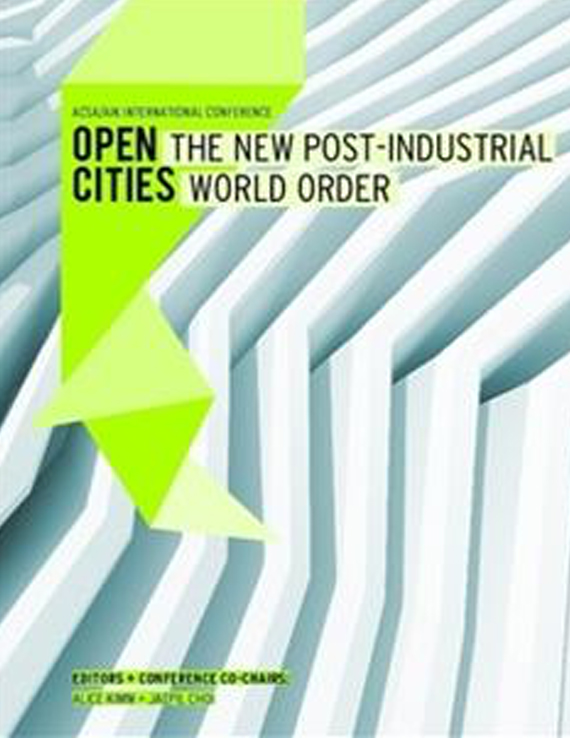Author(s): Faysal Tabarrah
The universal pervasiveness and democratization of computational design methodologies in architecture is radically transforming the ways in which we generate ideas and communicate them. While this has led to a proliferation of innovation in architecture, one cannot ignore that an alarming air of sameness and homogeneity continues to mark architectural endeavours globally. The proposed presentation and paper describe an evolving teaching and research pedagogy being developed at an educational institution in the United Arab Emirates. The impetus for this developing pedagogy is to explicitly resist contemporary models of Computational Orientalism, potentially becoming an adaptive teaching prototype that can be deployed in regions struggling with similar issues. The proposal argues that battling this alarming global homogeneity can be achieved by juxtaposing computational design methodologies with historical material cultures. More specifically, the teaching pedagogy works at revisiting the basics of computational design methodologies in architecture within the context of the Middle-East. Due to the influence of Islam in the Middle-East over the last 1400 years, architecture and material culture shifted towards the generative potential of geometry and pattern to supplement previous iconographic modes of material and visual cultures. Fittingly, computational design methodologies developed over recent decades have revived architects’ interests in geometry, patterns and systemic thinking. While the region continues to moves towards pastiche, value is seen in exploring the space between Middle-Eastern material culture and contemporary computational design methodologies through understanding both practices as generative, systemic, and adaptive. This allows for the development of a material culture that is both local and driven by the computational zeitgeist. The proposal will be structured in three parts, all explicitly dealing with issues within a teaching environment. First, it will present an ongoing taxonomic exercise that classifies geometric and computational typologies of lines employed in Middle-Easternarchitectural, material and visual cultures. This comes in direct opposition towards the archaic analysis of Middle-Eastern architecture that looks solely at spatial typologies(e.g. mosque, palace, bazaar), or through typologies of ornament (i.e. geometrical patterns or Arabesque), which continues to lead towards pastiche. Second, the proposal will present student work and research that deals with Cartesian lines that are developed through procedural techniques and explicit parametric models. Part three will explore student work and research that is driven by ideas of interpolation of computational splines and material computation that are developed through computational and material physics-based systems. The aim of this proposal is to highlight the importance of computational attitudes at a time where design in the region is struggling to find its voice. The author believes that contextualizing computational design through a historico-cultural lens will elevate the design discourse in the region, in turn elevating the role in which design can play in building contemporary post-post-colonial societies.
Volume Editors
Alice Kimm & Jaepil Choi
ISBN
978-0-935502-91-6

 Study Architecture
Study Architecture  ProPEL
ProPEL 
